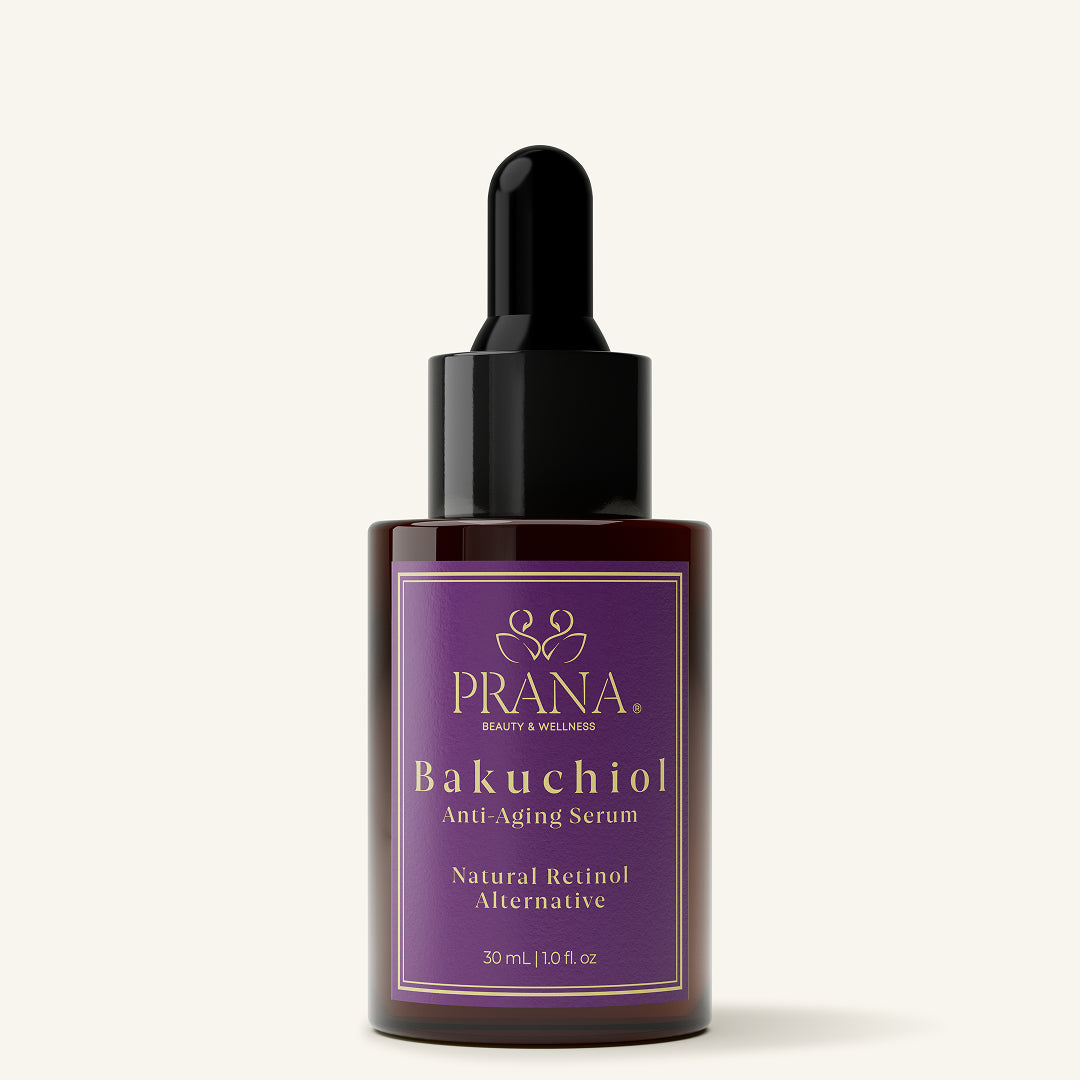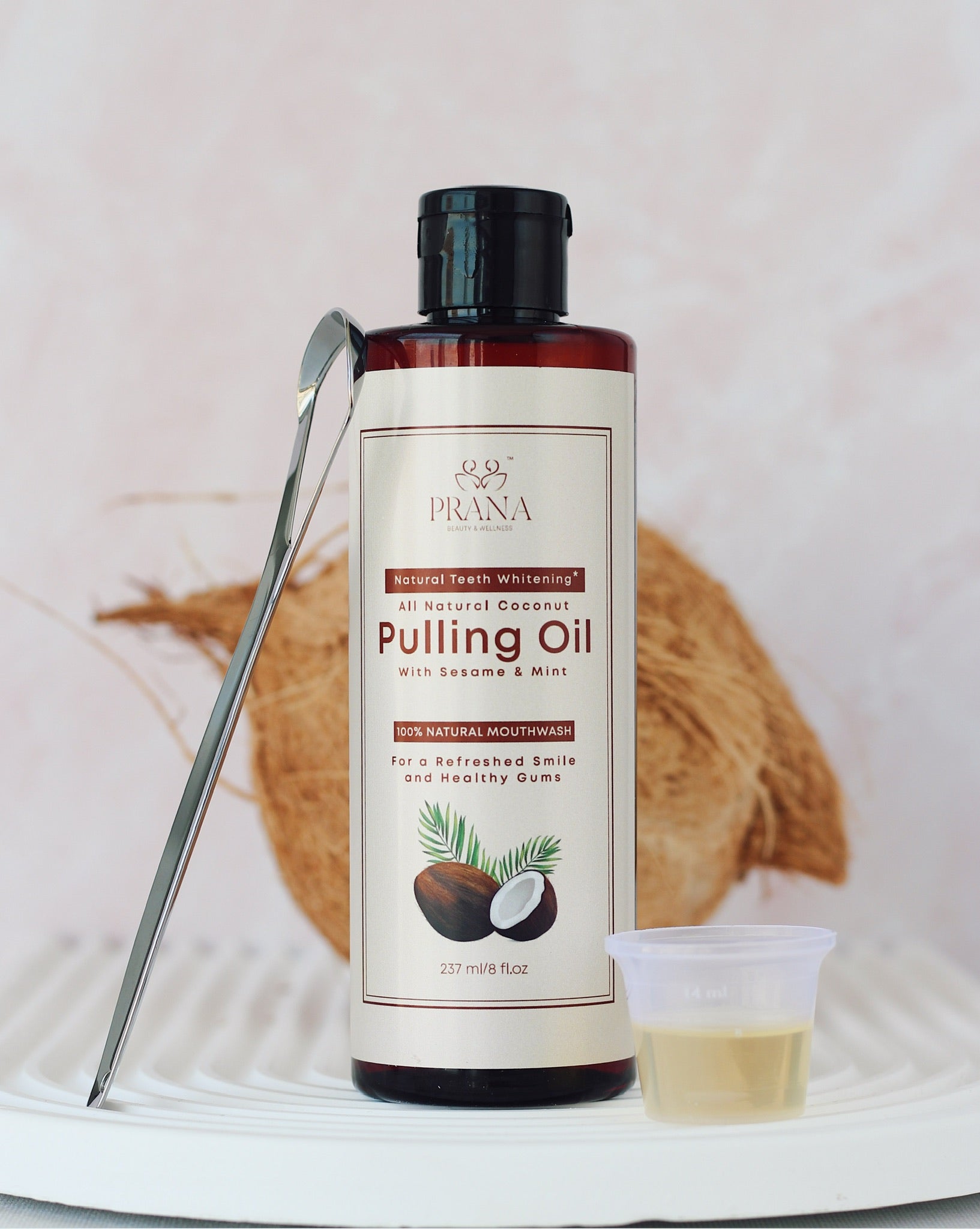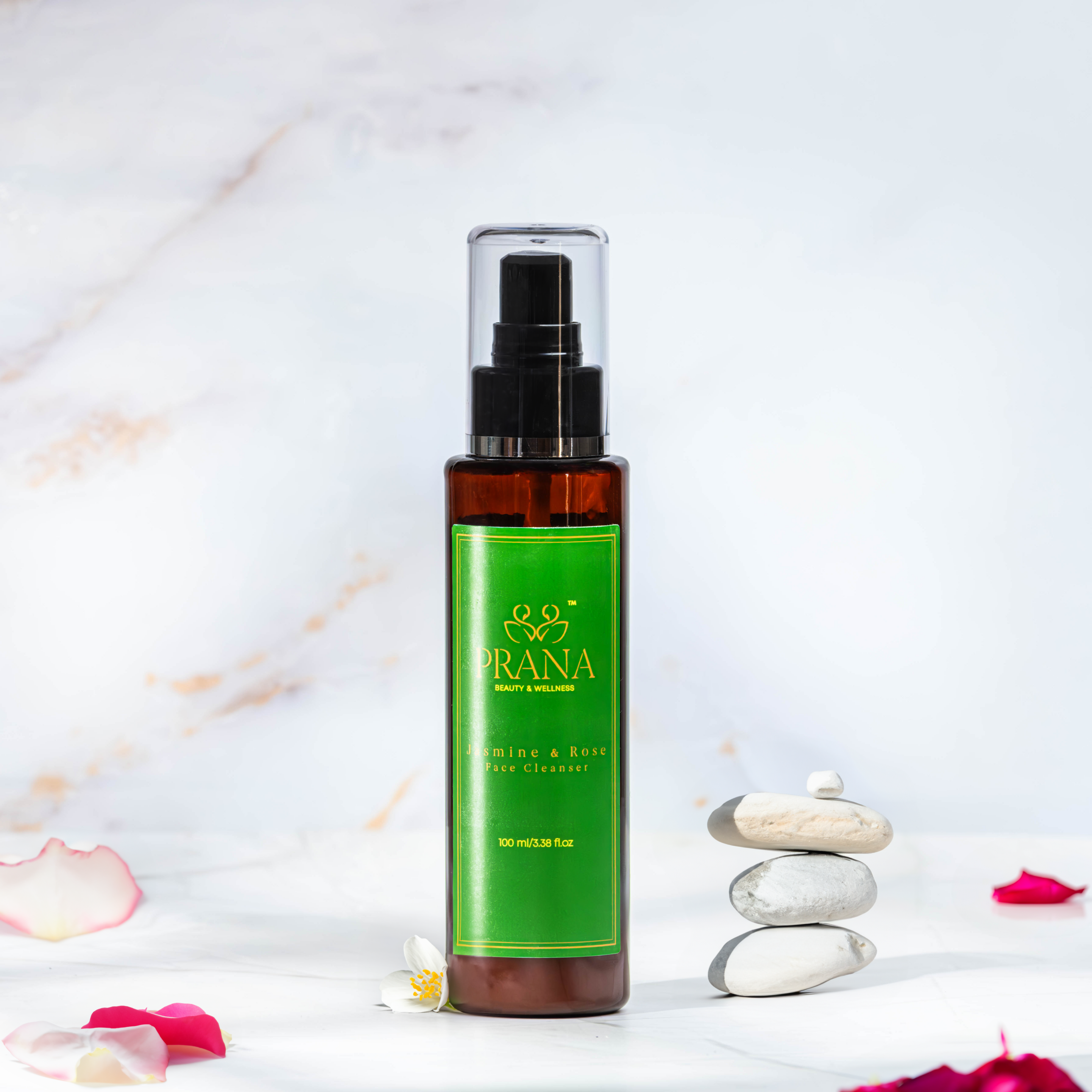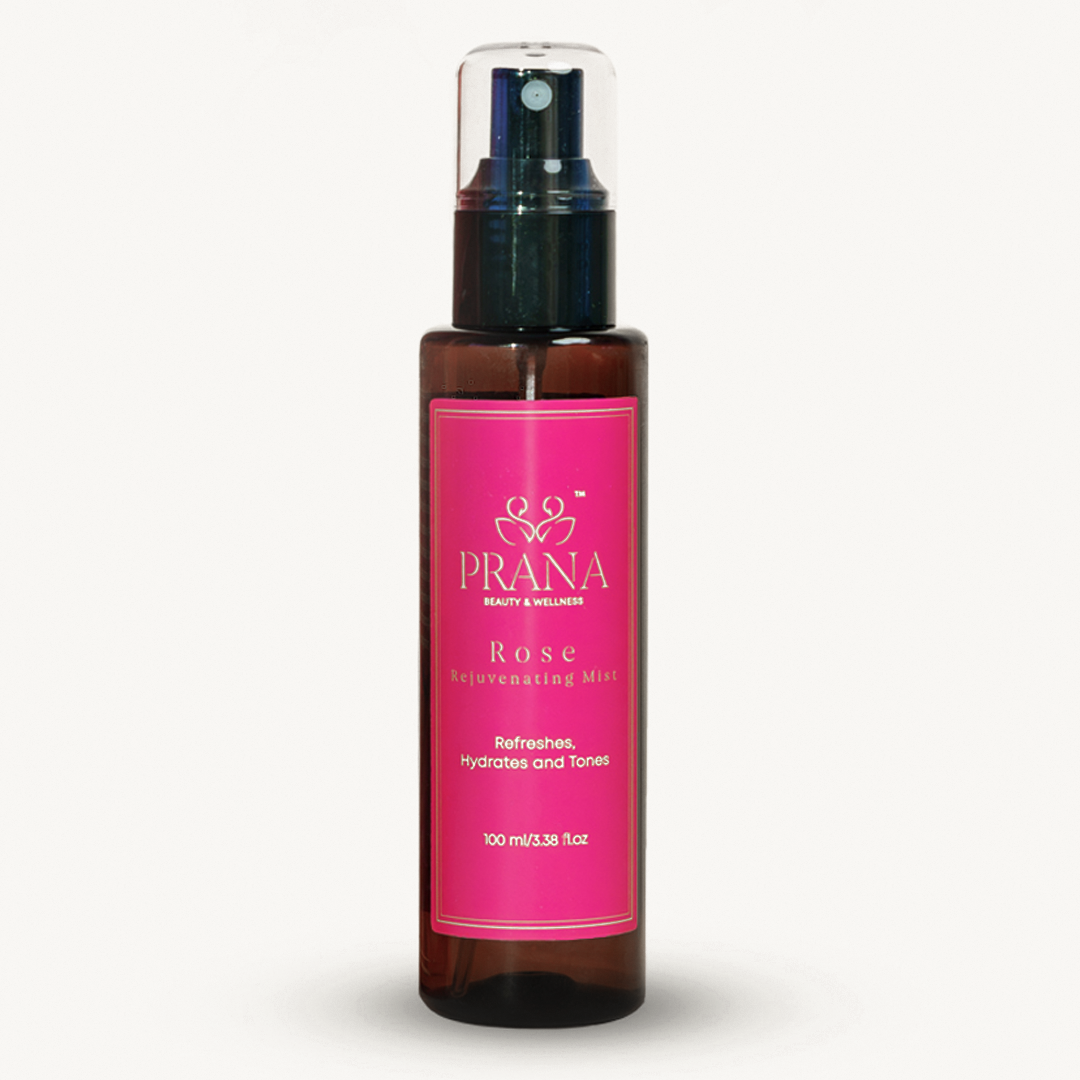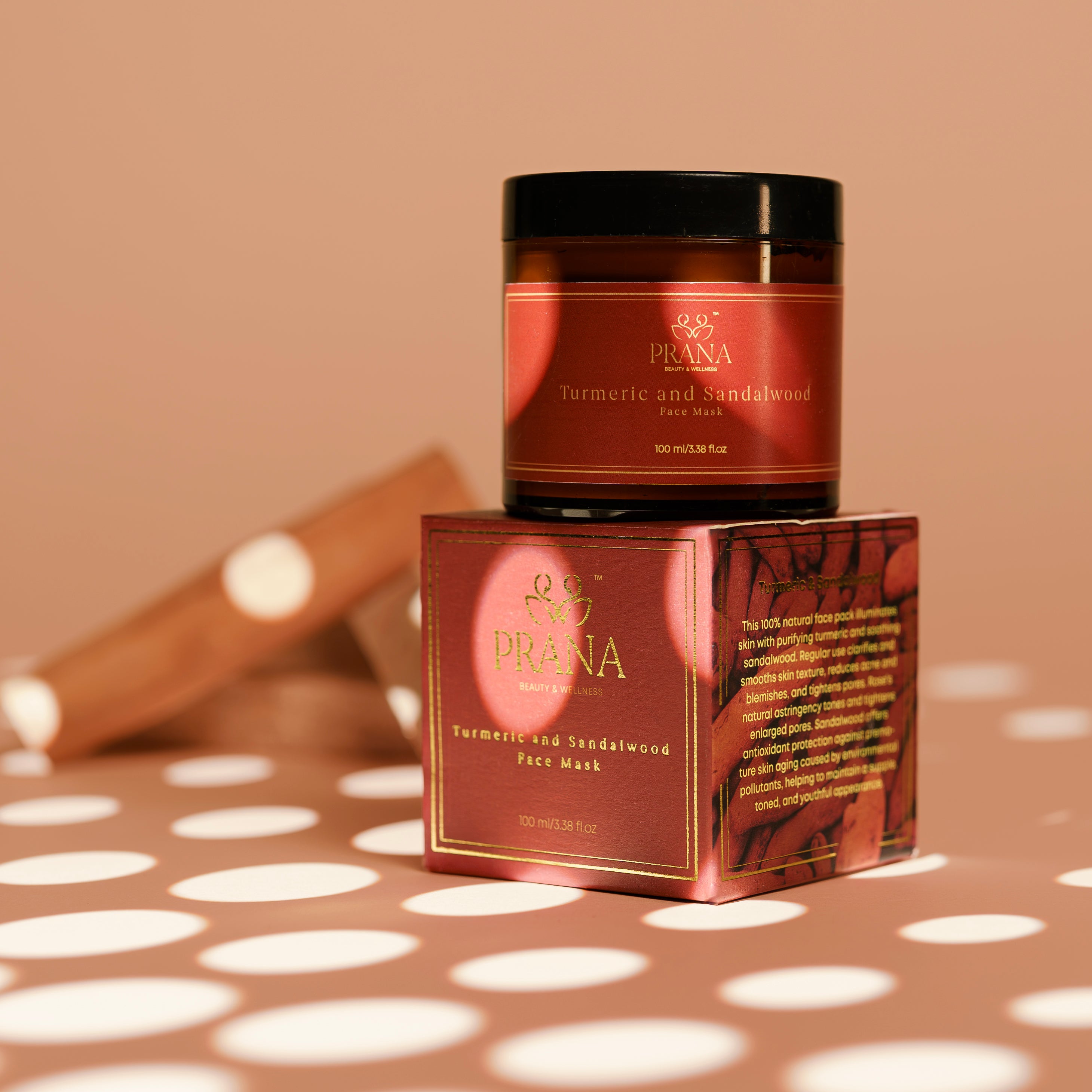Is Sandalwood Safe for Your Face? Benefits, Risks, and Expert Tips

The growing interest in natural skincare has put ingredients like sandalwood in the spotlight. With its rich history in Ayurvedic medicine and traditional Chinese practices, sandalwood has gained popularity for its potential skin benefits. But the question remains: is sandalwood safe for your face? This comprehensive guide explores the science behind sandalwood's properties, potential risks, and expert recommendations to help you incorporate this ancient ingredient into your modern skincare routine safely and effectively.
What is Sandalwood and Why is it Used in Skincare?
Sandalwood in its various forms used in skincare products
Sandalwood comes from the heartwood of trees in the Santalum genus, with the most prized varieties being Indian sandalwood (Santalum album) and Australian sandalwood (Santalum spicatum). For centuries, this aromatic wood has been valued not just for its fragrance but for its therapeutic properties in traditional medicine systems.
The essential oil extracted through steam distillation of mature sandalwood trees (typically 15-30 years old) contains powerful compounds like alpha-santalol and beta-santalol. These compounds give sandalwood its distinctive properties that make it valuable for skincare:
-
Anti-inflammatory effects that help calm irritated skin
-
Antimicrobial properties that fight acne-causing bacteria
-
Antioxidant benefits that protect against environmental damage
-
Astringent qualities that help tone and tighten the skin
-
Moisturizing capabilities that hydrate without clogging pores
Today, sandalwood can be found in various skincare formulations including oils, soaps, masks, toners, and moisturizers, all designed to harness these beneficial properties for facial application.
Safety Analysis: Is Sandalwood Safe for Face Application?
The question of whether sandalwood is safe for facial use requires examining both scientific evidence and practical considerations. Let's look at what research tells us about sandalwood's compatibility with facial skin.
Scientific Evidence Supporting Sandalwood's Safety
Several studies have investigated sandalwood's effects on skin, with promising results for facial application:
A 2017 study published in the Journal of Clinical and Aesthetic Dermatology found that sandalwood oil demonstrated significant anti-inflammatory properties when applied topically, with minimal irritation reported among participants. The researchers noted that "East Indian sandalwood oil (EISO) has demonstrated excellent safety and tolerability in multiple clinical studies."
Another clinical trial from 2012 published in the Journal of Drugs in Dermatology tested a sandalwood-containing topical regimen on adolescents and adults with mild to moderate acne. The study reported that 90% of participants showed improvement in lesion counts with good tolerance and minimal side effects.
Potential Risks and Considerations
Despite its generally good safety profile, there are several important considerations when using sandalwood on facial skin:
Caution: Pure sandalwood essential oil should never be applied directly to the face without proper dilution in a carrier oil. Always follow recommended dilution ratios (typically 2-3 drops per tablespoon of carrier oil).
-
Allergic Reactions: As with any botanical ingredient, some individuals may experience allergic reactions to sandalwood. Symptoms can include redness, itching, burning, or rash.
-
Adulterated Products: Due to the high cost and limited supply of genuine sandalwood, many products contain synthetic alternatives or adulterated oils that may cause irritation.
-
Overuse: Even natural ingredients can cause problems when overused. Daily application of concentrated sandalwood products may lead to sensitivity over time.
-
Sensitive Areas: The skin around the eyes and lips is particularly delicate and may react differently than other facial areas.
Dermatologist Insights: Expert Opinions on Sandalwood
To provide a balanced perspective on sandalwood's facial application, we consulted three skincare experts. Here's what they had to say:
"Sandalwood oil can be beneficial for many skin types when used correctly. Its anti-inflammatory properties make it particularly useful for conditions like acne and rosacea. However, I always recommend starting with a properly diluted product and using it just 2-3 times weekly to assess tolerance before increasing frequency."
— Dr. Anjali Mahto, Consultant Dermatologist
"The key to safely using sandalwood on facial skin is quality and dilution. Look for products containing genuine Santalum album oil that's been properly formulated for facial use. The concentration matters significantly—what works in a wash-off product like a cleanser may be too strong in a leave-on serum."
— Dr. Joshua Zeichner, Director of Cosmetic and Clinical Research in Dermatology
"I've seen excellent results with sandalwood-based products for patients with inflammatory skin conditions. The alpha-santalol component has impressive anti-inflammatory effects. That said, I caution against DIY applications unless you're experienced with essential oils. Professionally formulated products tend to be safer for facial application."
— Dr. Michelle Wong, Cosmetic Chemist and Skincare Specialist
These expert insights highlight a consistent theme: sandalwood can be safe and beneficial for facial skin when used appropriately, but quality, dilution, and individual skin sensitivity are important factors to consider.
Best Practices for Using Sandalwood on Your Face
To maximize benefits while minimizing risks, follow these guidelines when using sandalwood on your face:
Essential Safety Guidelines
-
Always Patch Test: Apply a small amount of diluted sandalwood oil behind your ear or on your inner wrist. Wait 24 hours to check for any adverse reactions before applying to your face.
-
Use Proper Dilution: For facial application, dilute sandalwood essential oil at a 1-2% concentration (approximately 1-2 drops per tablespoon of carrier oil).
-
Choose Quality Products: Look for products containing genuine Santalum album or Santalum spicatum oil from reputable sources with transparent sourcing practices.
-
Start Gradually: Begin with applications 1-2 times per week, then gradually increase frequency as your skin demonstrates tolerance.
-
Avoid Sensitive Areas: Keep sandalwood products away from the eye area, lips, and any broken or irritated skin.
-
Discontinue If Irritation Occurs: If you experience redness, burning, or itching, wash the area immediately with mild soap and water.
Recommended Carrier Oils for Dilution
The carrier oil you choose can enhance sandalwood's benefits for different skin types:
For Dry Skin:
-
Argan oil (deeply moisturizing)
-
Avocado oil (rich in vitamins)
-
Rosehip oil (regenerative properties)
For Oily/Acne-Prone Skin:
-
Jojoba oil (closely mimics skin's sebum)
-
Grapeseed oil (lightweight, astringent)
-
Hemp seed oil (non-comedogenic)
Download Our Complete Sandalwood Safety Guide
Get our detailed guide with dilution charts, patch testing instructions, and recommended product formulations for different skin types.
Sandalwood vs. Other Facial Oils: A Comparison
Understanding how sandalwood compares to other popular facial oils can help you determine if it's the right choice for your skin concerns:
This comparison shows that while sandalwood offers excellent anti-inflammatory and antimicrobial benefits, it may not be as moisturizing as jojoba oil or as targeted for hyperpigmentation as rosehip oil. Understanding these differences can help you choose the right oil for your specific skin concerns.
Safer Alternatives for Sensitive Skin
If you have particularly sensitive skin or have experienced reactions to sandalwood in the past, these botanical alternatives offer similar benefits with potentially lower risk of irritation:
Chamomile
Chamomile offers powerful anti-inflammatory and calming properties similar to sandalwood but with an exceptional safety profile even for the most sensitive skin. Its azulene content helps reduce redness and irritation while promoting healing.
Best for: Redness, irritation, sensitive skin conditions
Calendula
Calendula extract provides gentle healing and soothing benefits for irritated skin. Its triterpenoid compounds offer anti-inflammatory effects without the potent essential oils that might trigger sensitivity reactions.
Best for: Healing, irritation, dry patches
Centella Asiatica
Also known as Gotu Kola, this herb offers exceptional wound healing and anti-inflammatory benefits. Its active compounds (madecassoside and asiaticoside) stimulate collagen production without the aromatic compounds that can trigger sensitivity.
Best for: Healing, collagen production, scar prevention
These alternatives can be found in many commercial skincare products or used in DIY formulations for those who prefer a gentler approach to facial skincare.
When trying a new sandalwood product, start by using it just once or twice a week, preferably at night. This allows you to monitor how your skin responds without the added stress of environmental factors like sun exposure and pollution.
DIY Sandalwood Facial Recipes for Different Skin Types
If you prefer to create your own sandalwood skincare, these simple DIY recipes are formulated with safe dilution ratios for facial application:
Calming Sandalwood Face Mask
Ingredients:
-
1 tablespoon sandalwood powder
-
1 teaspoon honey
-
1 tablespoon rose water
-
2 drops sandalwood essential oil (optional)
Instructions:
Mix sandalwood powder and rose water to form a paste
Add honey and stir until well combined
If using, add sandalwood essential oil and mix thoroughly
Apply to clean, dry face avoiding the eye area
Leave on for 10-15 minutes
Rinse with lukewarm water and pat dry
Best for: Inflammation, redness, and general irritation
Sandalwood Facial Oil Blend
Ingredients:
-
2 tablespoons jojoba oil
-
3 drops sandalwood essential oil
-
2 drops lavender essential oil (optional)
-
Small dark glass bottle with dropper
Instructions:
Pour jojoba oil into the glass bottle
Add essential oils
Seal and gently roll between palms to mix
Apply 2-3 drops to clean, slightly damp skin
Gently massage in upward circular motions
Use at night after cleansing
Best for: Dry skin, fine lines, and uneven texture
Storage Tip: Keep DIY sandalwood preparations in a cool, dark place. Masks are best used immediately after mixing, while oil blends can be stored for up to 3 months in dark glass containers.
Frequently Asked Questions About Sandalwood for Face
Can I use sandalwood oil directly on my face?
No, pure sandalwood essential oil should never be applied directly to facial skin. It must always be diluted in a carrier oil at a concentration of 1-2% (1-2 drops per tablespoon of carrier oil) to prevent irritation and sensitization.
How often can I use sandalwood on my face?
For most people, 2-3 times per week is an appropriate frequency for sandalwood facial applications. Those with sensitive skin should start with once weekly and gradually increase as tolerated. Daily use is generally not recommended for concentrated products.
Is sandalwood good for acne-prone skin?
Yes, sandalwood can be beneficial for acne-prone skin due to its antimicrobial and anti-inflammatory properties. Studies have shown it can help reduce acne lesions and calm associated inflammation. However, it should be used in properly formulated products to avoid pore-clogging.
Can pregnant women use sandalwood on their face?
Most aromatherapists and medical professionals recommend avoiding sandalwood essential oil during pregnancy and breastfeeding. While there's limited research on its effects during pregnancy, it's best to err on the side of caution and choose pregnancy-safe alternatives.
How can I tell if my sandalwood product is authentic?
Authentic sandalwood products should list the botanical name (Santalum album or Santalum spicatum) on the ingredient label. Genuine sandalwood oil has a warm, woody, sweet scent that lingers—synthetic versions often have a sharper, more one-dimensional fragrance that dissipates quickly. Price is also an indicator, as true sandalwood oil is expensive due to its rarity.
Conclusion: Is Sandalwood Right for Your Face?
Sandalwood can indeed be safe and beneficial for facial application when used correctly. Its anti-inflammatory, antimicrobial, and antioxidant properties make it a valuable ingredient for addressing various skin concerns from acne to aging. However, proper dilution, quality sourcing, and individual skin sensitivity are crucial considerations.
The scientific evidence and expert opinions suggest that for most people, sandalwood is a safe addition to a facial skincare routine when these guidelines are followed. Patch testing remains essential, as individual reactions can vary regardless of an ingredient's general safety profile.
If you're new to sandalwood, start with professionally formulated products that contain appropriate concentrations before attempting DIY applications. Those with extremely sensitive skin or conditions like eczema may want to consider the gentler botanical alternatives we've discussed.
Ultimately, sandalwood offers a beautiful bridge between ancient wisdom and modern skincare science—one that, when crossed mindfully, can lead to healthier, more radiant skin.


